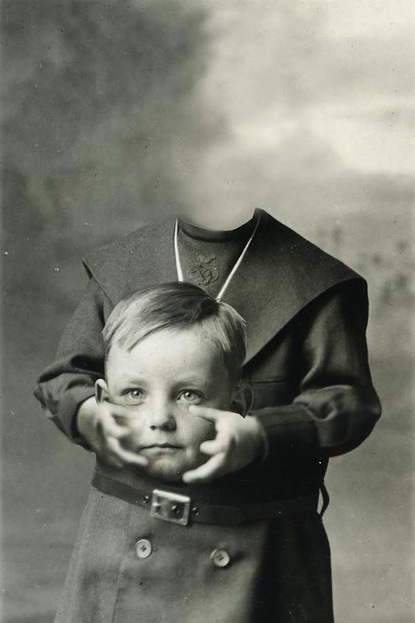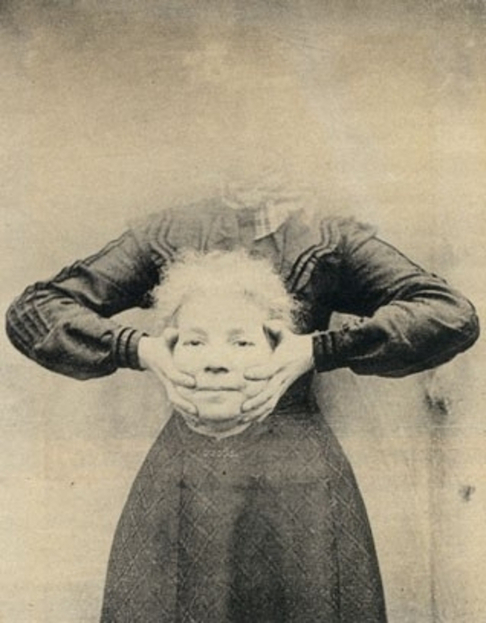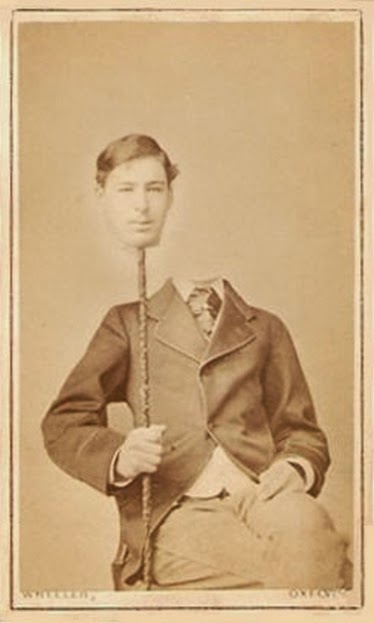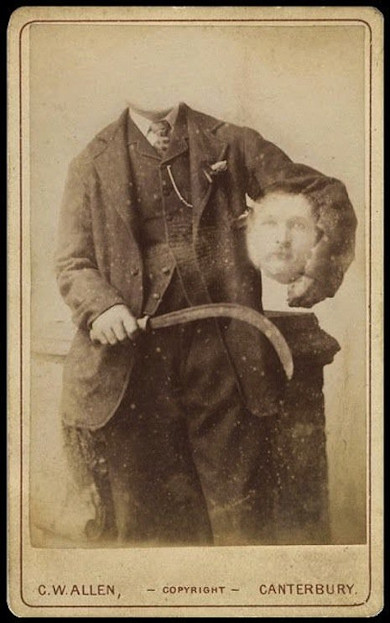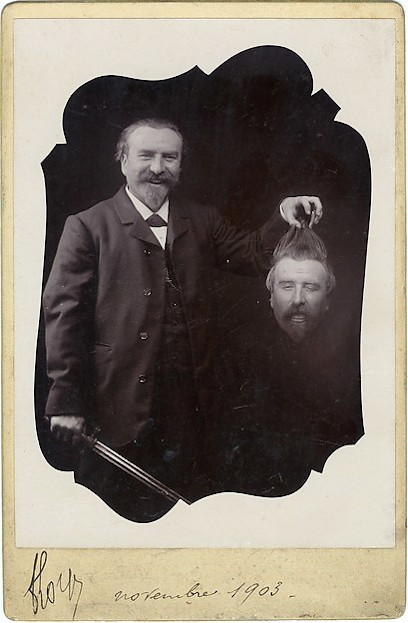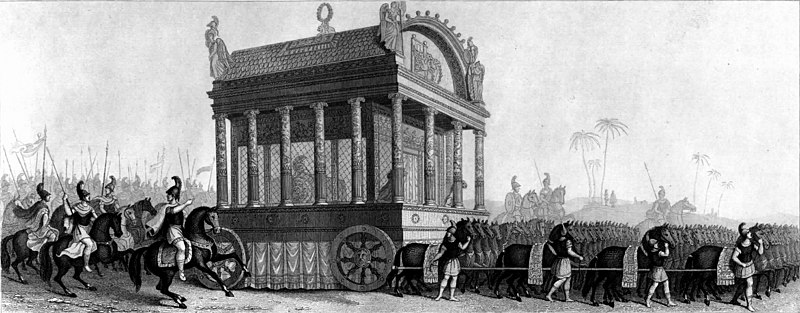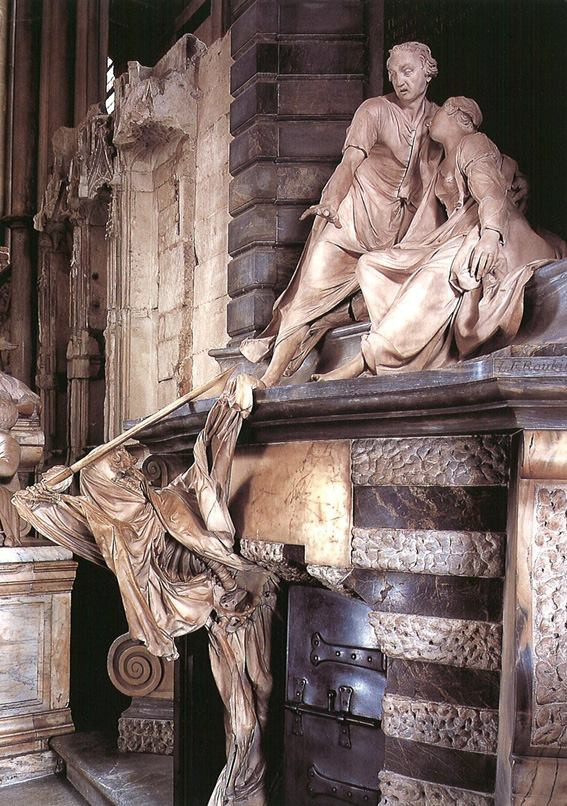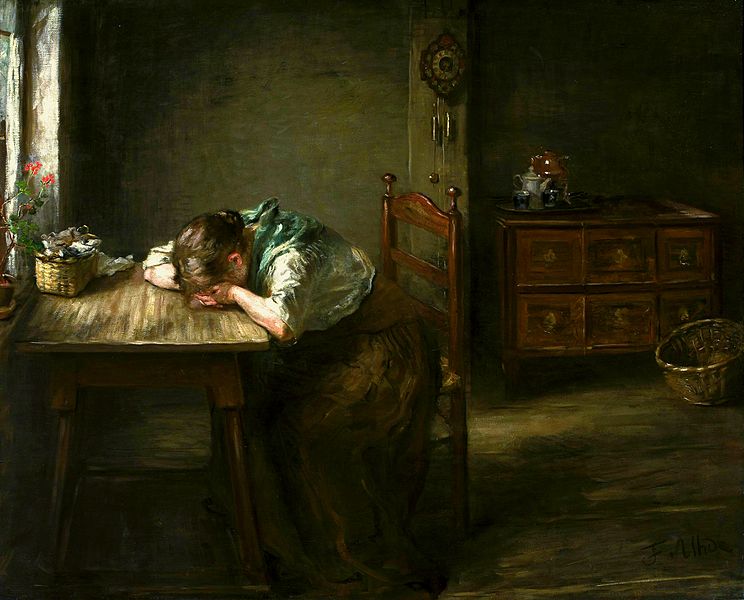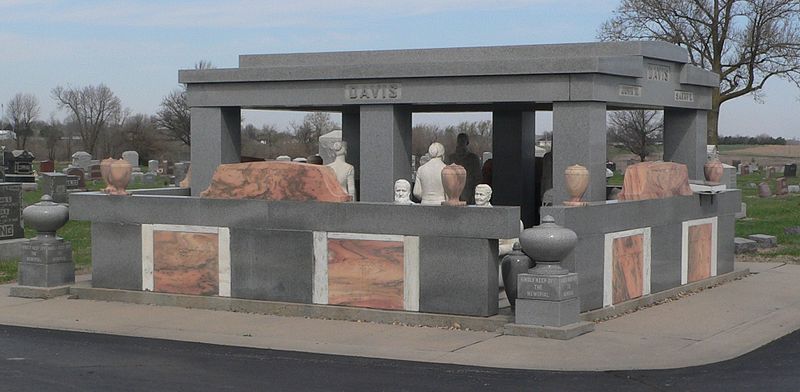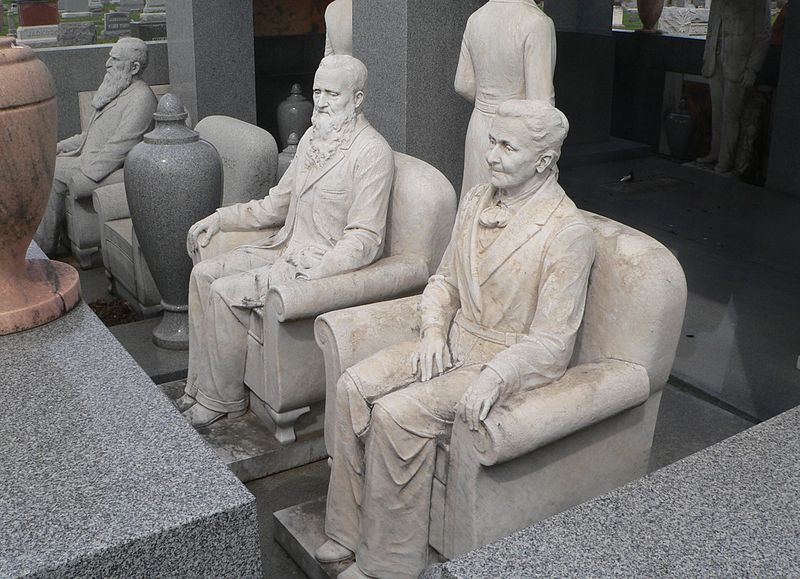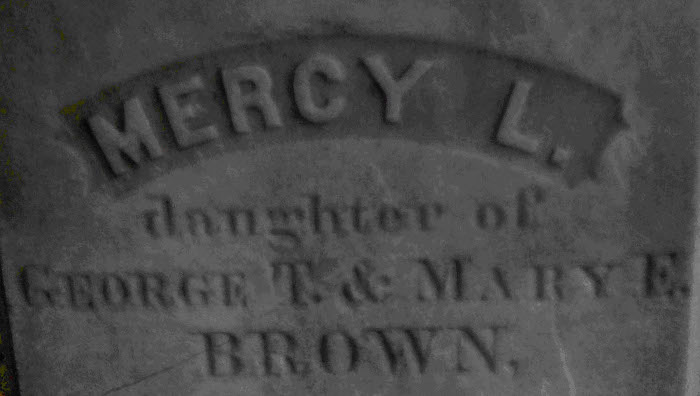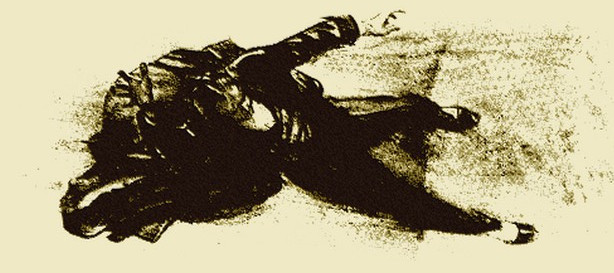Here’s a macabre fad from Victorian Britain: headless portraits, in which sitters held their severed heads in their hands, on platters, or by the hair, occasionally even displaying the weapons by which they’d freed them.
Photographer Samuel Kay Balbirnie ran advertisements in the Brighton Daily News offering “HEADLESS PHOTOGRAPHS – Ladies and Gentlemen Taken Showing Their Heads Floating in the Air or in Their Laps.”

